Service by appointment only
Call 020 7736 0046
Call 020 7736 0046 To book

Ski touring was once a niche form of skiing and the reserve of a few, willing to sacrifice downhill performance, for the ability to walk/skin uphill for a skiing adventure.
Or, for the original freeriders, using alpine boots with Securifix (remember those) and working extra hard uphill for that downhill performance. However, the past with the explosion of touring and backcountry/off-piste skiing a revolution in ski touring and ski boots has occurred…
Looking back to the 90s, ski touring boot were still rather niche (Dynafit, Scarpa, Garmont, etc) with the bigger brands unwilling to invest, as the quantity they could sell was too low. Thus, ski touring boots remained heavy, badly fitting and with poor skiing performance.
The late 90s and early 00s and off-piste skiing takes off
Fat skies changed everything – they made off-piste skiing more accessible for every level of skier. The huge increase in the number of off-piste skiers drove the more experienced skiers to start venturing further from the pistes in order to find fresh tracks. With this growth in demand, the main ski boot manufacturers began to invest and develop ski boots adapted for some uphill walking/skinning, and the category known as ‘Hike and Ride’ was born.
Hut to hut and adventure races
At the same time, the demand for real Ski Touring Boots and with even greater performance (both for downhill and uphill) has grown significantly. There has been an explosion in skiers venturing even further from the piste and demanding greater downhill and uphill performance. Hut-to-hut ski touring has grown in popularity, with Huts fully booked on routes such as the Haute Route (Chamonix-Zermatt) and even the ultra-style ski touring competitions such as the Patrouille des Glacier (Verbier-Zermat) seeing huge explosions in popularity.
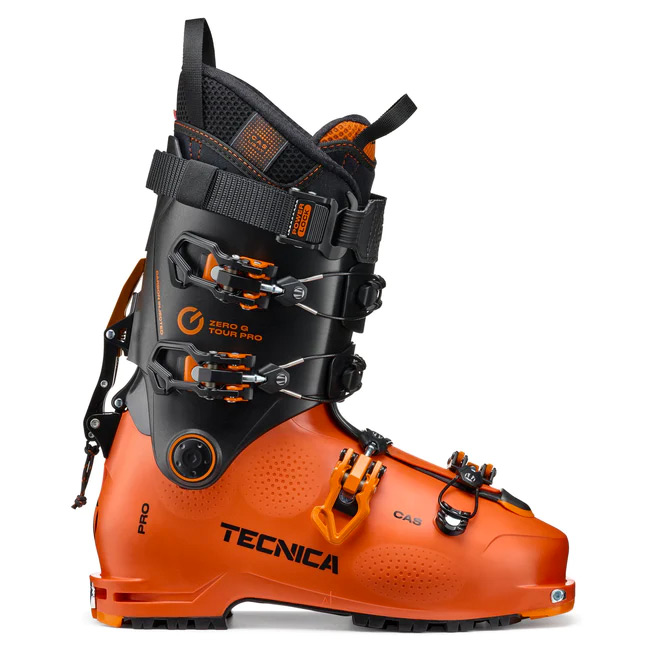

This growth has driven both the traditional alpine manufacturers and the more traditional touring brands to invest and develop ever better touring boots, with greater range of motion for uphill and better downhill skiing performance. It has also led to a fragmentation of the touring market with more all-round touring boots like the Tecnica Zero G and Dynafit Radical Pro offering close to hybrid boot performance while the touring race boots have become ever lighter and yet stiffer to maintain some downhill performance.
Hybrid boots, the best of both worlds?
The latest Hike N Ride boots have certainly come of age and have been rebranded as Hybrid boots by the brands, an appropriate rebranding as the latest generation feature advances in ski/walk modes, materials and liners. The resulting models ski almost as well as traditional alpine ski boots, but with huge ranges of motion for walking/skinning. We have been especially impressed with the likes of the new Tecnica Cochise, Atomic Hawx Ext Ultra, K2 Mindbender and Salomon Shift in this regard. Obviously fit is still king and there are variances in uphill vs downhill performance, but all will work well for most skiers in terms of both downhill and uphill performance.
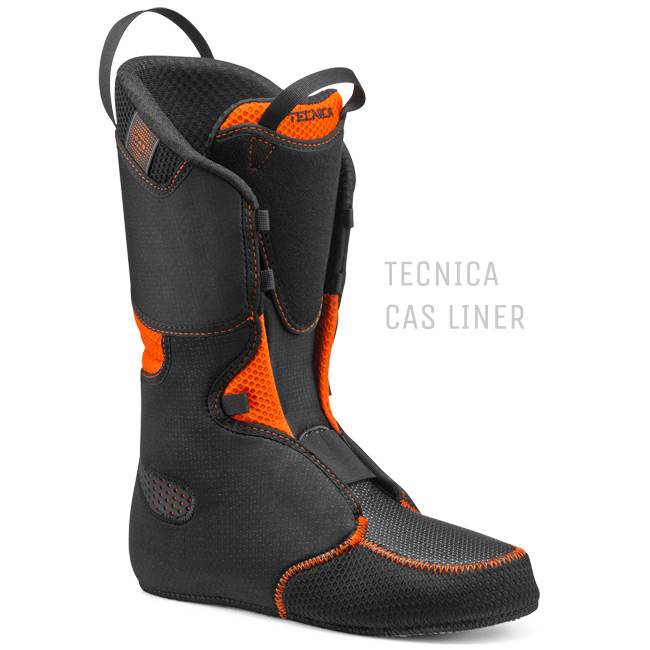
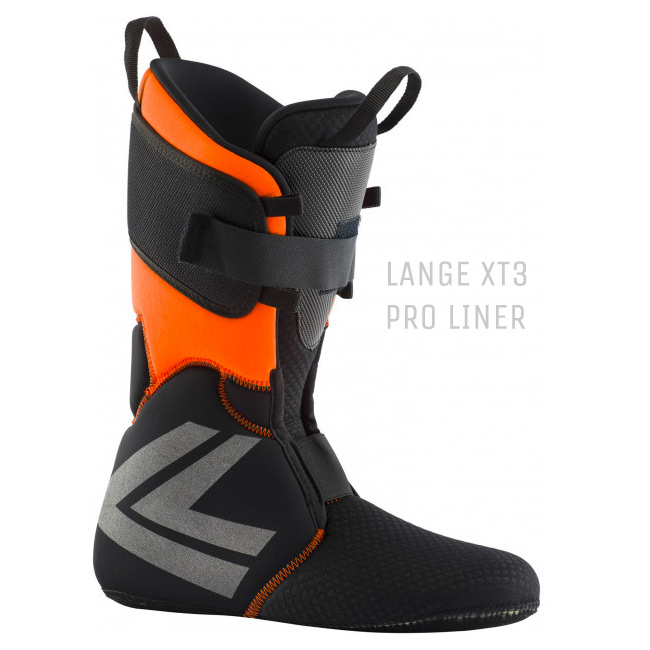
Touring vs ‘Hybrid Boots – Which is right for me?
This really comes down to personal choice, fit, and how much time you will be walking vs skiing and the bindings you will be using. The best “Downhill” Touring and Hybrid boots are very similar except for the type of sole they use. So in terms of downhill performance, touring models such as the Tecnica Zero G and Dynafit Radical Pro will ski close to the level of the best hybrid boots. But featuring a touring sole – full rubber and a lot more rocker, makes them easier and safer to walk with, on both hard ground and scrambling around on rocks on colls and summits – such as on multi-day tours. However, the rubber sole detracts from skiing on-piste performance and will limit the use of bindings. Also, you need to be aware that some touring soles are non-compliant and are very specific in terms of binding usage.
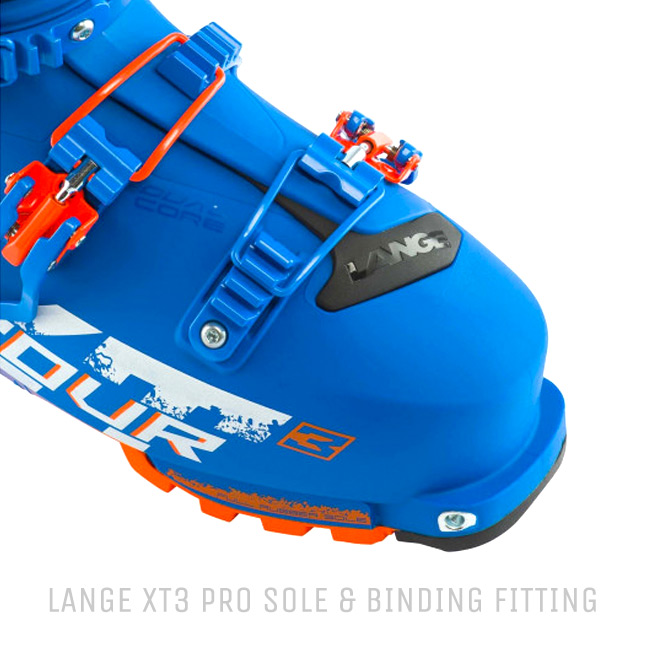
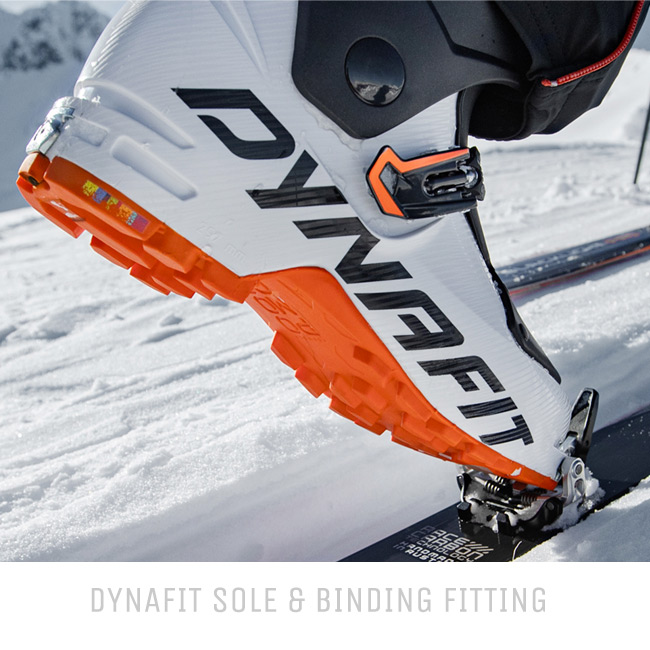
On the other hand, boots such as the Atomic Hawx EXT Ultra and K2 Mindbender with their Grip Walk soles, will not be as grippy for walking around the resort or on rocks, or even après dancing on tables. But they will be compatible with most bindings and provide better on-piste performance. It’s also worth noting that some of the higher end hybrid boots with Grip Walk feature more rubber in the sole and these will be that much better on rocks.
Ski boot & binding compatibility chart
| Alpine Bindings | GripWalk Bindings | MNC Bindings | WTR Bindings | SOLE.ID Bindings | Tech/Pin Bindings | |
| ISO 5355 – Alpine DIN | ✔ | ✔ | ✔ | ✔ | ✔ | ✔1 |
| ISO 9523 – Touring | ✔ | ✔ | ✔1 | |||
| ISO 23223 – Grip Walk | ✔ | ✔ | ✔ | ✔ | ✔1 | |
| Walk To Ride (WTR) | ✔ | ✔ | ✔ | ✔1 | ||
| Non-Compliant Touring | ✔1 |
1. Must have tech touring inserts. N.B. this is a guide only, please check all details
If you are heading out for an end-of-season ski or even a hut-to-hut tour then why not check out our selection of touring and hybrid boots or better yet book an appointment at our ski boot lab for expert fitting and advice: call 020 7736 0046
OUR SERVICE IS BY APPOINTMENT ONLY
Profeet’s services are by appointment only, please call or book online in advance
